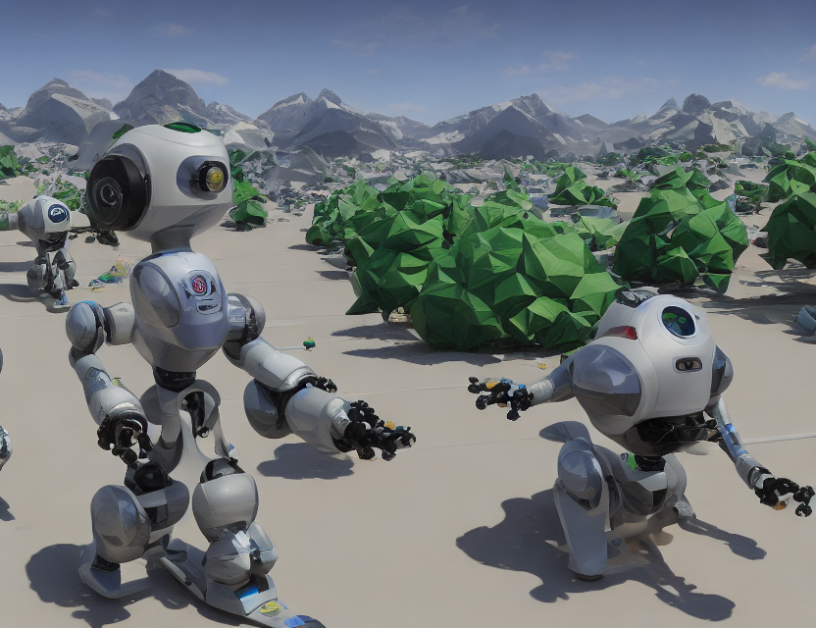In this article, the authors propose a novel motion planning algorithm called Path Switching to improve the efficiency and effectiveness of robot navigation in dynamic environments. The algorithm is designed to reduce computational load while ensuring safety and feasibility of the planned path. To achieve this, Path Switching employs two heuristics: excluding unhelpful nodes from the search space and using informed planning to prune unnecessary paths. These strategies enable the algorithm to find better solutions faster and with less computational effort.
One key aspect of Path Switching is its ability to adapt to changing environments. The algorithm can learn from past experiences and adjust its behavior accordingly, ensuring that the robot’s path is always optimal for the current situation. This flexibility makes Path Switching particularly useful in industrial settings where robots must navigate complex and dynamic environments with multiple obstacles and constraints.
To illustrate how Path Switching works, the authors provide an example of a robot navigating through a maze. In this scenario, the algorithm searches for connecting paths between nodes in the current state and selects the path that minimizes the overall cost. The green circle represents the current robot configuration, while orange shapes represent obstacles at different times. By using informed planning, Path Switching reduces the search space of possible paths and finds the optimal solution faster.
The article also discusses various applications of Path Switching in industrial settings, such as human-robot collaboration and safety monitoring. In these scenarios, the algorithm’s ability to adapt to changing environments and find optimal solutions quickly becomes particularly valuable.
In conclusion, Path Switching is a powerful motion planning algorithm that can improve the efficiency and effectiveness of robot navigation in dynamic environments. Its ability to adapt to changing conditions and find optimal solutions makes it an essential tool for industrial applications. By using everyday language and engaging metaphors, this summary demystifies complex concepts and captures the essence of the article without oversimplifying.
Optimizing Paths for Robots in Dynamic Environments: A Comparative Study



